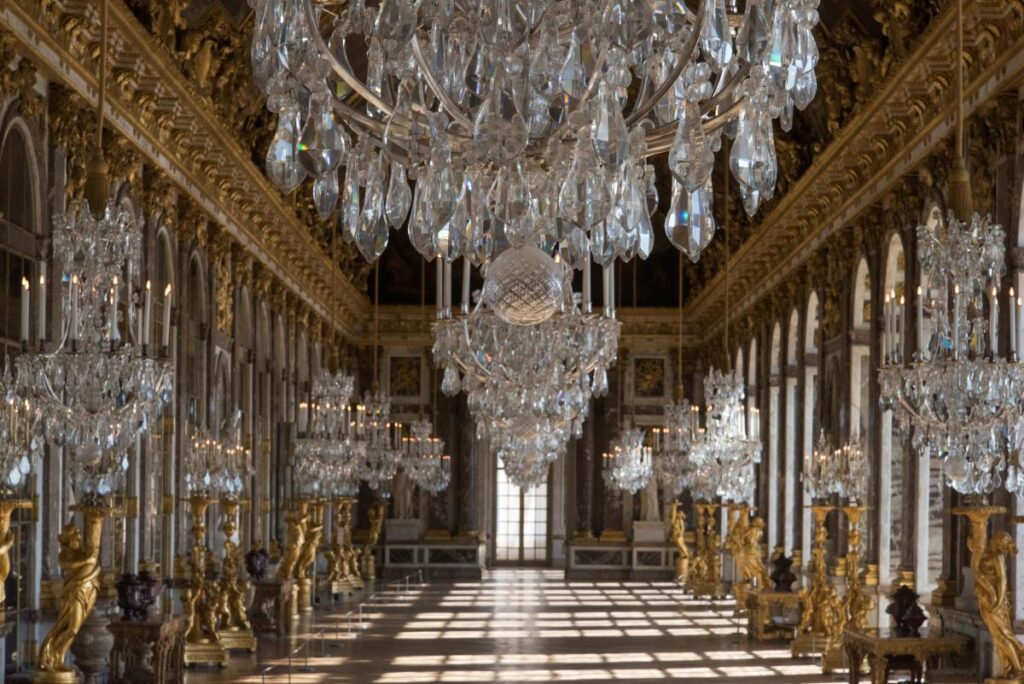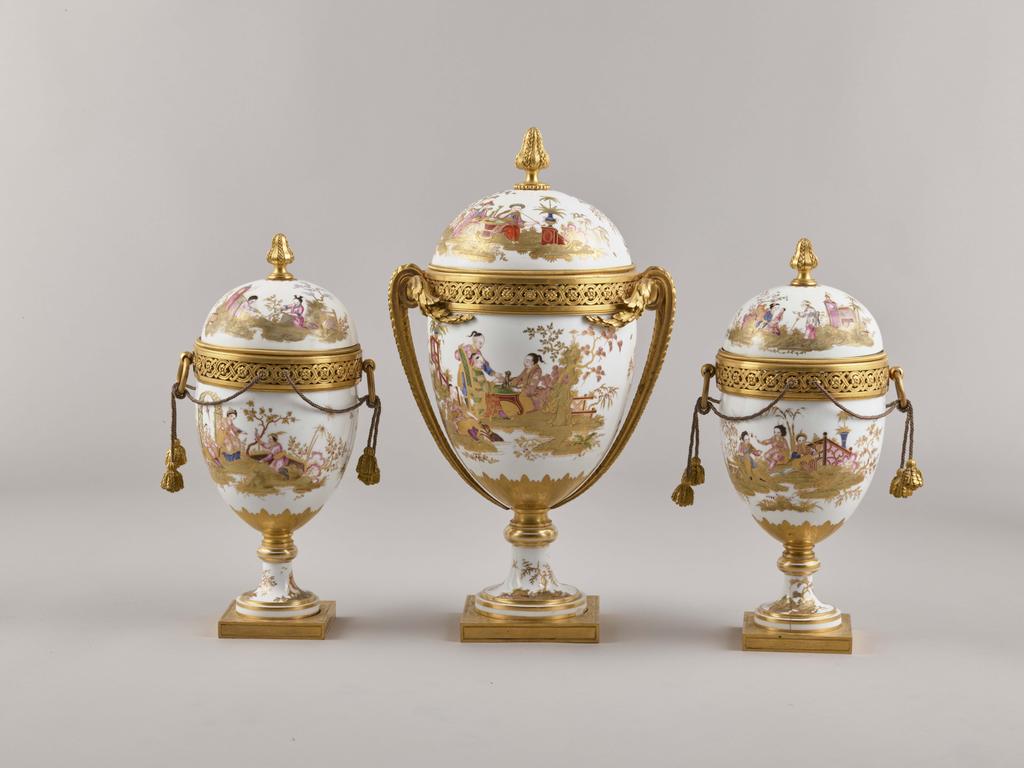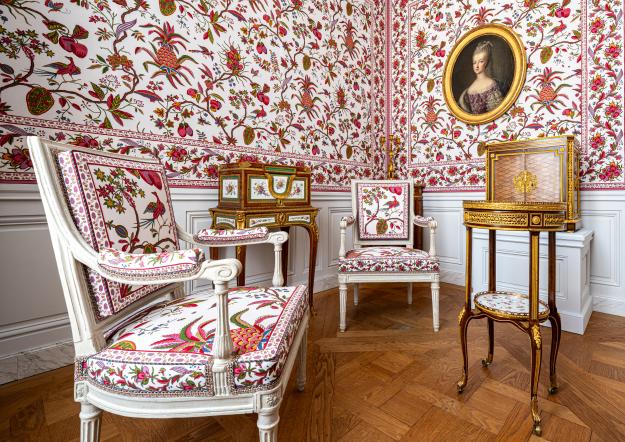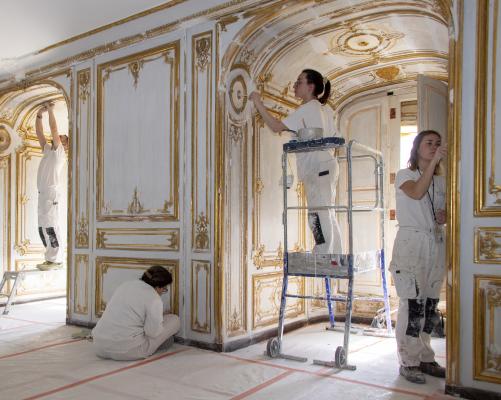The Palace of Versailles, the opulent palace synonymous with French grandeur and sophistication, stands not just as a monument to royalty but as a living testament to the art of savoir-faire. Nestled on the outskirts of Paris, this historic landmark embodies a legacy of craftsmanship, elegance, and cultural refinement that has captivated the world for centuries. Savoir-faire is at the center of maintaining the unique features of this beloved institution.
A Heritage of Excellence
The very essence of savoir-faire, the art of skillful execution and meticulous attention to detail, is palpable in every facet of Versailles. From the breathtaking architecture of the palace to the meticulously landscaped gardens, every element reflects the dedication to excellence that defined the French court during the reign of Louis XIV.
The artisans and craftsmen commissioned by the French monarchy epitomized savoir-faire, employing their expertise to create exquisite works of art that adorned the palace. Intricate tapestries, ornate furniture, and elaborate frescoes crafted by skilled hands showcased the pinnacle of artistic mastery of that era.
Craftsmanship at Versailles is so well-known and celebrated that there is a book dedicated to the topic, “Versailles: Savoir-faire et matériaux.” The book, with a foreword by current Versailles President Catherine Pegard, takes readers on a journey from country to province in search of the best suppliers, rubbing shoulders along the way with merchants, brotherhoods, factories and academies.
The Artisans of Versailles
Behind the grandeur of Versailles were countless artisans whose skills contributed to its splendor. Master craftsmen, including woodworkers, metalworkers, painters, and sculptors, honed their skills to create pieces that defined luxury and elegance in the 17th and 18th centuries.
The Gobelins Manufactory, known for its exceptional tapestries, was among the prominent workshops that thrived under the patronage of the French monarchy. These artisans employed centuries-old techniques to weave stories into fabric, creating masterpieces that continue to adorn the walls of Versailles to this day.
After several years of research and restoration, the Queen’s Private Chambers, decorated by Marie-Antoinette starting in 1774, was reopened to the public in 2023. A high-level of detail went into restoration and reproduction of features including Toile de Jouy fabrics, thanks to the expertise and patronage of the Maison Pierre Frey.
The Versailles website and social media channels document ongoing restoration at the palace, and the presentations are informative and fascinating to watch to learn about the level of attention and detail that goes into every aspect of each project.
Legacy and Modern-day Relevance
Today, Versailles serves not only as a historical landmark but as a muse for artists, designers, and craftsmen seeking to imbue their creations with the essence of elegance and sophistication reminiscent of the royal court. From haute couture fashion to exquisite furniture and architectural design, echoes of Versailles’ savoir-faire resonate in the works of those who strive for excellence.
Efforts to preserve and honor the legacy of Versailles are ongoing. Restoration projects, educational initiatives, and collaborations with contemporary artists and craftsmen ensure that this iconic palace endures for future generations. Institutions like Versailles Spectacles, Versailles School of Fine Arts, and the Center for French Baroque Music contribute to nurturing talent and perpetuating the traditions of craftsmanship that originated in the golden age of Versailles.
The palace is also dedicated to ongoing educational activities for all audiences, rooted in a desire to strengthen knowledge about artistic professions and encourage the transmission of those skills. Guided tours showcase this heritage and give visitors the opportunity for hands-on learning.
Versailles remains a timeless symbol of savoir-faire—a testament to the pursuit of excellence, creativity, and artistry. Its influence extends far beyond its gilded walls, inspiring a legacy of craftsmanship that continues to thrive in the modern world.




